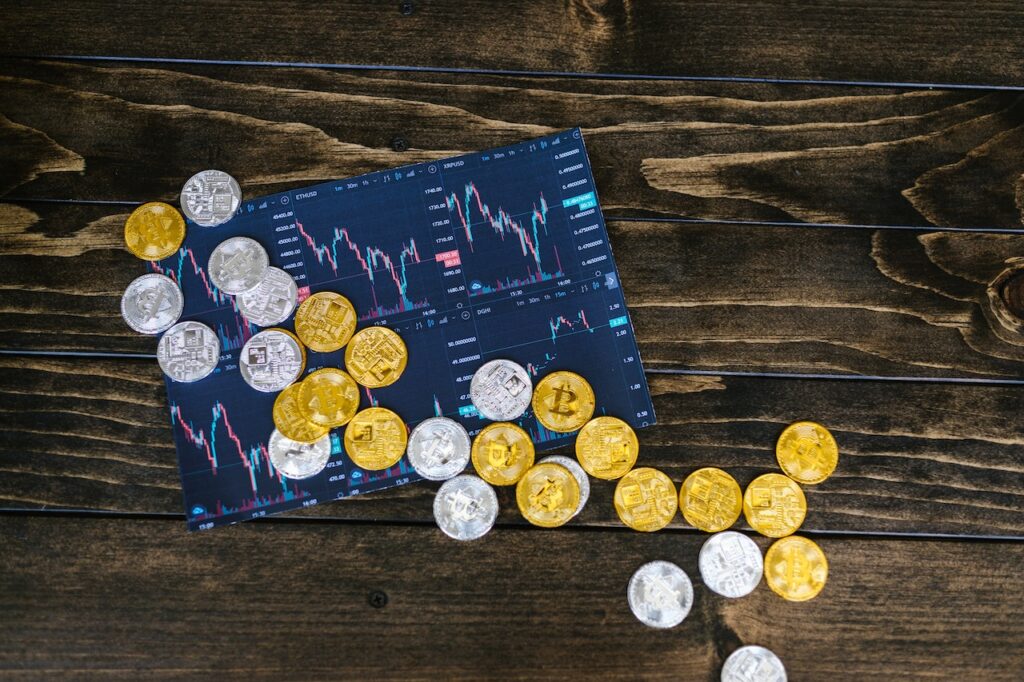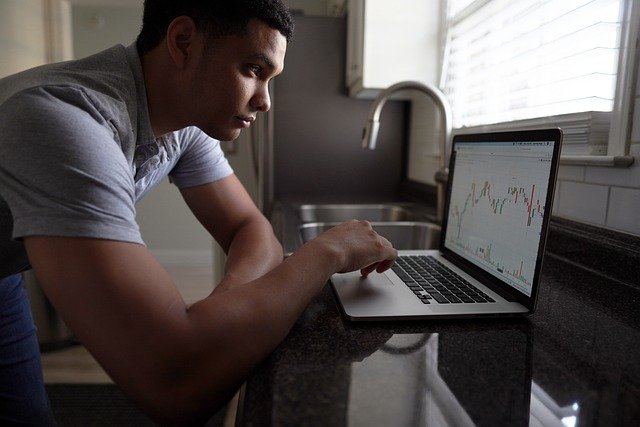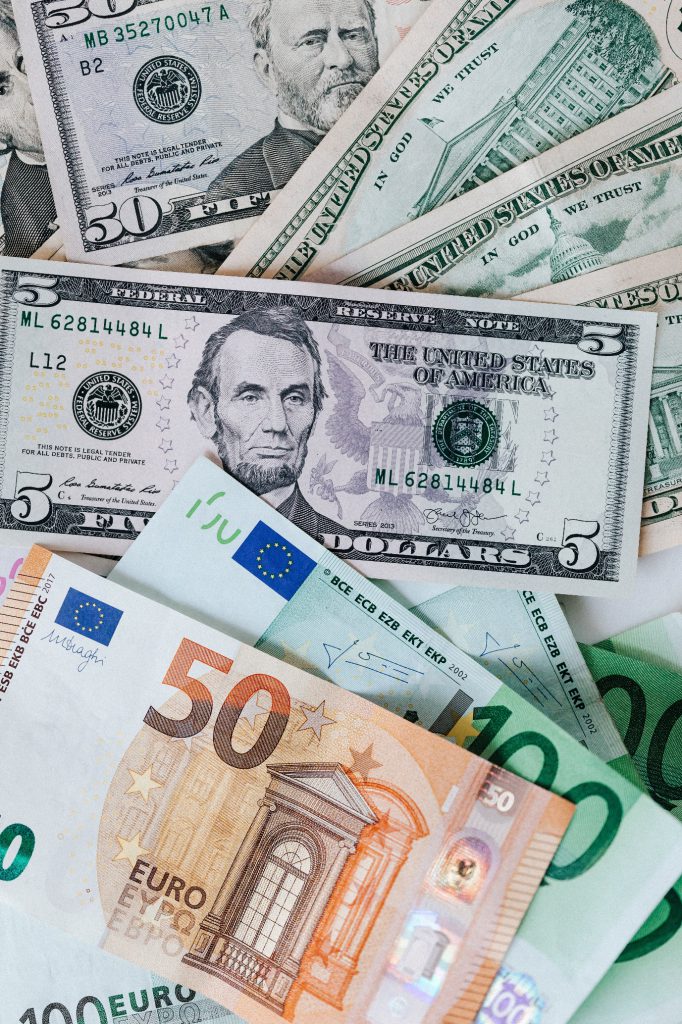Forex currency trading is a global, over-the-counter market where you buy, sell and exchange currencies. Its benefits include lower volatility than the stock market, a wide variety of currencies and markets, and leverage and spreads. However, it can also be very risky, so it’s important to understand the risks involved.
Less volatile than the stock market
While the stock market tends to have more stable price patterns, it does have periods of volatility. In particular, it is sensitive to domestic politics. For example, the Dow Jones dropped sharply in March 2018 due to trade tensions. While this volatility can offer opportunities for profit, it also carries a high risk. This is why traders should take precautions to minimize unnecessary losses. One way to decrease your risk is to use trading leverage. This allows you to trade margin across multiple markets.
While the forex market offers many advantages, it is more volatile than the stock market. Short-term traders and investors who focus on profits may be better suited to forex. However, forex comes with more risks, including higher leverage. The stock market is a more stable and secure option for long-term investors.
The price of stock shares depends on a wide variety of factors. Those factors include a company’s cash flow, debt, and earnings. In addition, news about the company can influence the price. However, in the forex market, there are more macroeconomic factors and political events that can influence the currency prices.
Wide range of currencies traded
Forex currency trading involves trading a wide range of currencies. The volume of transactions is high, with billions of dollars changing hands every minute. This can make the price movements of some currencies extremely volatile. While this can mean large profits for speculators, it can also turn the market against traders, which is why it is critical to limit exposure using risk management tools.
The strength of a currency is affected by a variety of factors, including the amount of debt that a country has and how stable its political situation is. Traders can also use cross currency swaps to hedge their currency risk from interest rate changes. In the forex market, there are more than 170 different currencies that can be traded.
The forex market also offers the option of entering private contracts that lock in a currency pair’s exchange rate at a future date. These are also known as currency crosses. The EUR/CHF is a good example. This currency pair’s growth rates are similar, and this makes it a good candidate for range-bound trading.
Leverage
Forex currency trading leverage is a powerful tool used by traders to increase their exposure in the market. For example, a trader can use leverage to enter a position worth $10,000. Leverage can be beneficial, but it is also a dangerous strategy. If you lose more than your initial investment, you may face a margin call, which forces you to sell borrowed securities at a loss.
Forex currency trading leverage is a powerful tool, but it is not for every trader. You should choose a level of leverage that fits your risk profile. For example, a conservative trader may prefer lower leverage levels, while a more experienced trader may prefer higher leverage levels. However, it is crucial to be aware of the risks associated with high leverage.
When choosing your trading leverage, you should first determine how much money you can afford to lose. As a rule of thumb, you should never trade with more money than you can afford to lose. This type of trading is not suitable for everyone, and if you’re not sure of the risks involved, it is best to seek financial advice.
Spreads
Forex currency trading requires the trader to calculate the spread between the bid and ask prices of each currency pair. Spreads vary in amount but can be as small as 2% of the total value of a trade. These costs should be taken into account when evaluating the appropriateness of a trade.
Spreads are a critical element of forex currency trading, and should be considered carefully before choosing a broker. Though forex brokers claim to charge zero commissions, the truth is that they still charge a commission. The commission is built into the bid/ask spread. For most currency pairs, the spread will be expressed in pips. For example, the EUR/USD spread would be 1.1051/1.1053 while the spread for the Japanese yen pair is quoted to two decimal places.
Spreads vary according to the volatility and liquidity of the forex market. A high liquidity will result in lower spreads, while low liquidity will result in wider spreads. Volatility and news can also significantly affect spreads. Unprecedented economic events or geopolitical instability can drastically impact spreads.









Facebook Comments